Table of Contents
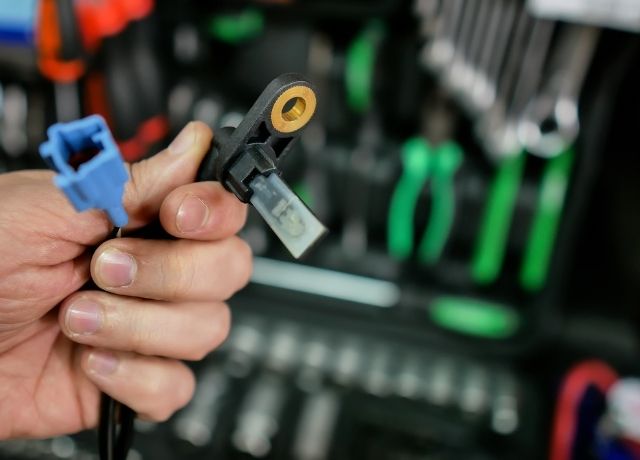
Accidents can be avoided with the use of ABS, or anti-lock braking systems because they lessen the likelihood of sliding and spinning. Nowadays, anti-lock brake systems (ABS) are often built-in into brand-new vehicles. This system uses the vehicle’s speed in conjunction with the road surface to determine if it is safe to use the vehicle’s friction brakes.
If your ABS warning light is illuminated, there is a problem with the system and you may experience wheel lockup when applying the brakes. Therefore, this issue must be fixed as soon as feasible.
In this article, we’ll discuss how to tell which ABS sensor is bad and more. So let’s get started:
If One Fuel Injector Is Bad Should I Replace Them All? 2022 Ultimate Guide
How to Tell Which ABS Sensor Is Bad?
Before we start abs sensor testing, It is critical to understand bad abs sensor symptoms, abs sensor location, ABS sensor function, and its replacement cost:
Bad ABS Sensor Symptoms:
Brake anti-lock system (ABS) sensors are an essential part of any modern car’s braking system. As they inform the car’s computer of how much pressure to apply to each wheel’s brakes, they are crucial to your safety.
If your ABS sensor fails, you could be in for a world of hurt. However, if you pay attention to a few red flags, you may be able to avoid a catastrophe. The following are some of the most typical bad abs sensor symptoms:
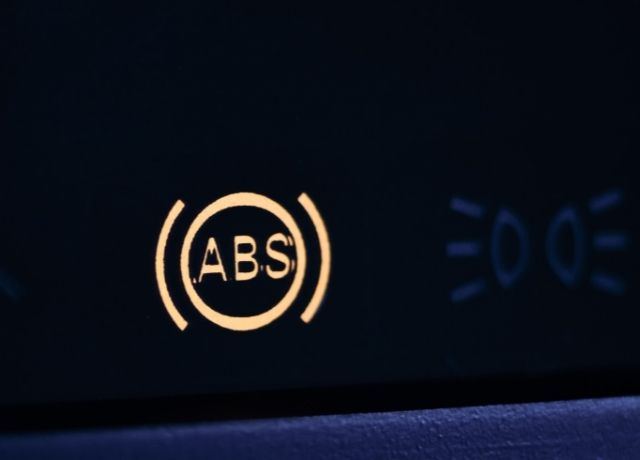
Glowing Warning Lights:
The dashboard lights are there to warn you of danger. If your car’s ABS warning light comes on, pay attention to it. When this warning light comes on, it means that your vehicle’s anti-lock braking system is malfunctioning.
When this mechanism fails, the brake calipers can lock up, leading to skidding. You risk losing control of the vehicle and maybe crashing if this occurs.
At first, you could notice that the ABS indicator light is flashing. The vehicle’s traction and stability control warning lights may illuminate if other systems fail.
Brake Pedal Pulsation While Braking:
Is there a throbbing sensation in your foot whenever you press the brake? You may have a faulty brake abs sensor if that’s the case. If any one of your vehicle’s ABS sensors fails, you’ll get inaccurate readings of your wheels’ speeds.
If ABS gives a faulty reading, the car will slide because it will think it is sliding while in fact, it isn’t. When this occurs, the brake pedal will pulse or pump, and the anti-lock brakes and traction control system will activate.
Loss Of Anti-Lock Brakes:
If the ABS sensor fails, the anti-lock brakes will likewise be ineffective. Because of this, the car won’t be able to “pump the brake calipers” for you when you apply the brakes, increasing the risk of skidding. If an issue is discovered, the system will send a signal and turn on the ABS warning light.
A computerized control unit is needed to stop the sensor from sending out sensitive information. A computer uses this data to figure out if the wheels are stuck and require assistance.
Stability Control Failure or Lack of Traction:
Inexperienced drivers should not use stability control systems. They’re supposed to make it easier for drivers to steer clear of accidents on a slippery surface, but they could still fail. Loss of traction and, in extreme cases, an accident, can result from a malfunctioning vehicle stability control system.
One of the most typical reasons for a failure in stability control is a faulty abs sensor. The information gathered by this sensor is then transmitted to the vehicle’s onboard computer.
This sensor is crucial to the stability control system, and its malfunction can result in the system’s failure. Other causes include faulty connections between the sensor and the engine control module.
How to Fix Car Roof Lining Without Removing | 5 Easy Ways
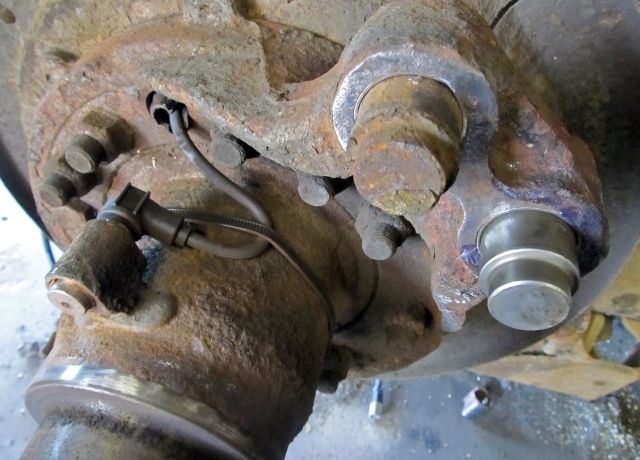
ABS Sensor Location:
The ABS sensor is normally located beneath the brake rotor, however, it can also be located on the axle. Different cars have different percentages of ABS wheel speed sensors.
Each rotor will have an ABS wheel speed sensor attached if the system uses such a device. In comparison to a single sensor per wheel, a three-sensor system places two sensors per front wheel and one per rear axle.
The sort of anti-lock braking system (ABS) a vehicle has will decide how many sensors it has. Here are four different ABS sensor location combinations.
- A two-channel, four-sensor layout ABS: There is a sensor for each wheel, and those sensors are split into two channels, one for the front and one for the back. When a wheel failure is detected, antilock braking systems (ABS) are activated automatically, regardless of speed.
- At every front wheel and rear axle, there is a 3-sensor anti-lock braking system (ABS). In contrast to the rear wheels, the front wheels are evaluated independently.
- Three channels and four sensor systems: The rear wheels are controlled by a single controller, even though sensors are located on every wheel.
- Four-wheel ABS: Each wheel has its sensor, which is scrutinized individually. With newer cars, this is by far the most popular setup.
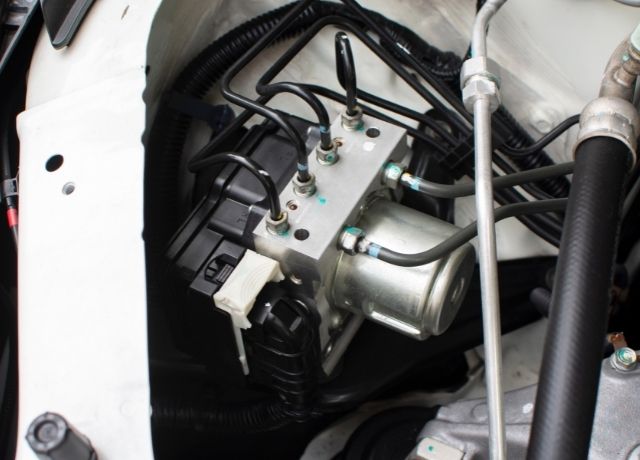
ABS Sensor Function:
The ABS wheel speed sensor is an abbreviation for an anti-lock braking system sensor. It is an integral part of the ABS and its absence would render it useless.
All modern cars come equipped with anti-lock brakes as standard (ABS). The rotational speed of your wheels can be detected by ABS wheel sensors, which are mounted on the wheels or the axle.
Most ABS sensors consist of a coil that encloses a ring magnet and shaft. When the magnet and ring come into contact, an electric field is produced, which is then used to send a signal to the ABS control system.
The rate of rotation is predetermined by the control system for each wheel or axle. ECM then analyses the data it has received (Engine Control Module).
The electronic control module activates the anti-lock brake system to prevent a catastrophic loss of steering control. Due to its high rotational velocity, the machine generates a continual grinding noise and vibrates.
A combination of traction control and the anti-lock brakes sensor helps the driver maintain control of the car in hazardous conditions. Loss of traction will cause a differential in velocity between the wheels, triggering the mechanism.
Moreover, the computer reduces the amount of pressure delivered to the brakes, making the situation even worse. By releasing this tension, the wheel is free to regain traction and resume its normal spin. The stability control systems of high-end vehicles use the same sensors.
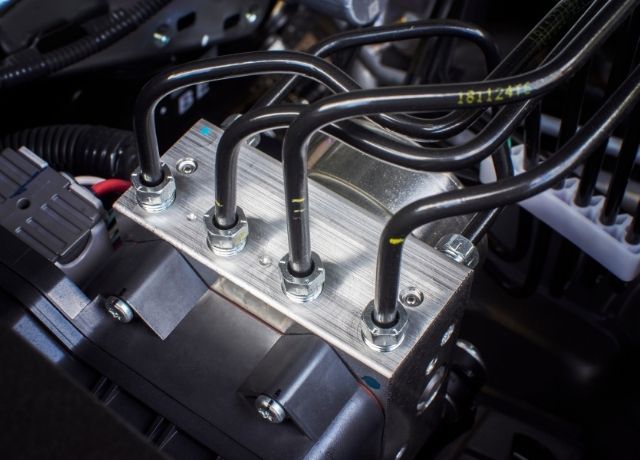
The Price of a New ABS Wheel Speed Sensor:
Costs to replace a faulty ABS sensor vary from $200 to $400, per sensor, depending on the vehicle’s make and model. The price of the wheel speed sensor is about $100 to $150, and the price of the labor is about $100 to $300.
The cost of labor goes rises since some models are more difficult to fix, and the cost of adding ABS wheel speed sensors to exotic automobiles can be high.
When the ABS wheel speed sensor fails, it’s a quick and easy job to swap it out on your own. If you have some mechanical knowledge, this could be a fun weekend project. You can’t do this on your own if you don’t have the right instruction, though.
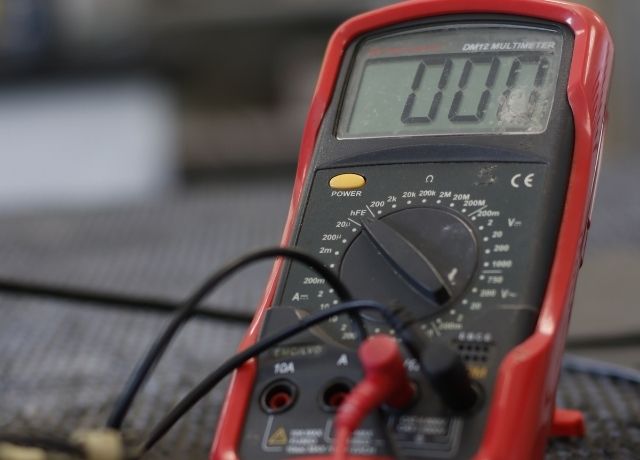
How to Test ABS Sensor Using Tools:
To identify the faulty ABS sensor, a vehicle scan tool must be used. To find out which speed sensor is malfunctioning, just plug in the device, choose your vehicle’s model, and click the Diagnose ABS button.
You may use a voltmeter or a multimeter to check the ABS wheel speed sensor in the same way, however, you’ll need to find the sensor and unplug its connections first.
Steps for ABS Sensor Testing:
- Make sure your scanner of choice allows you to test the ABS sensors before hooking it up to your vehicle. To begin, go to the Diagnostics tab on the main screen and then choose your vehicle’s manufacturer and model. When you’re ready, select System Selection and give the device permission to link up with the vehicle.
- It will take a few minutes for the diagnostic system to start up. When you get in the car, go to the Control panel, choose ABS VSA, and then wait for the system data to load. If you select read Codes from the Codes submenu, the diagnostic tool will show you any error codes it has detected.
An error message will show up, detailing how the ABS Module keeps tabs on the left rear wheel’s speed sensor. There may be an internal short or open in the sensor if the signal return circuit is open or shorted to the ground. Because of the fault code, numerous more errors occur.
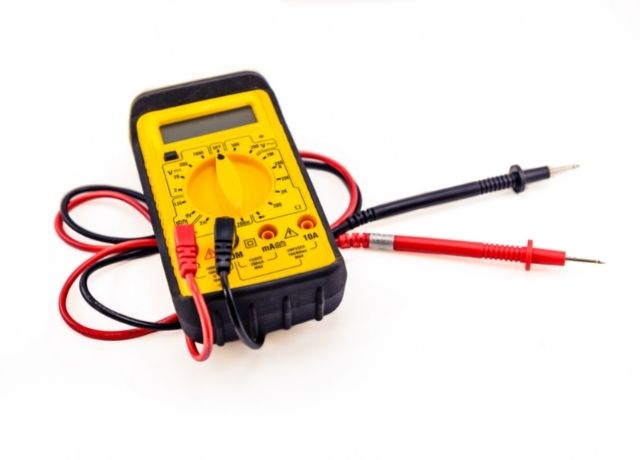
Multimeter or Voltmeter:
If a scan instrument is not available, you can examine the wheel ABS sensors with a simple multimeter test. This process may call for familiarity with basic auto repair concepts. It is necessary to take off the wheel to inspect the ABS sensors.
Steps for ABS Sensor Testing Using Multimeter:
- The car should be parked on level ground. The engine should be shut down. There is a handbrake on, so you can easily slow down or stop at any time. The ABS filament should be present in your car’s main fuse box. The fuse needs to be replaced.
- Unscrew the lugs on your wheels with a tire iron. Then, jack up the car and put it on a pair of good jack stands. Remove all the lug nuts with the tire iron and put them away.
- Look for the wheel speed sensor wires under the brake disc and make sure they are not damaged. A sensor is located on the rotor. With your hands, pull the wires apart from each other. The two-pin connector may be seen.
- Connect the voltmeter’s probe to an ABS sensor connector in the next step. To see how much electricity is coming in from the opposite way, you’ll need to flip the voltmeter over (AC). Make sure the probes aren’t rubbing against each other.
- A voltmeter’s inability to function can be remedied by switching it off. The moment the system recognizes this notification, testing can begin. The ABS sensor can be tested by manually rotating the wheel hub. The optimum tactic is a slow rotation. The voltmeter will show an indication since the spinning hub generates a charge.
- An accurate value should be approximately 400 volts, provided the sensor is functioning. The speed at which you spin the hub will affect the reading, which will vary based on the vehicle.
- A correct reading on one sensor means you can go to the next.
Methods for Getting an Accurate Reading:
The ABS reluctor is a gear with teeth that can be found behind the wheel. The teeth must be present and undamaged. Test the ABS sensor once more after cleaning up any metal particles.
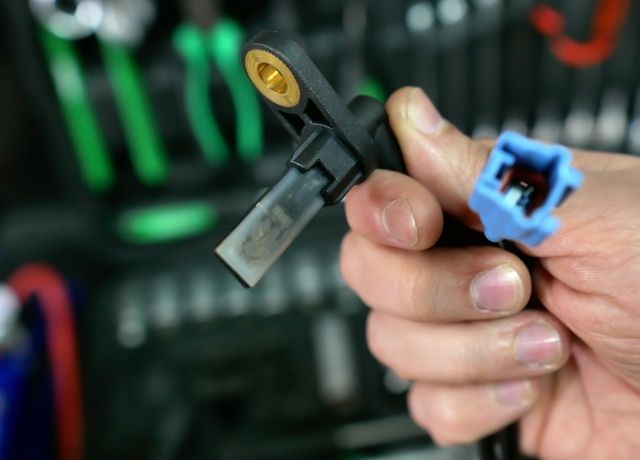
Frequently Asked Questions:
Q: How to tell a bad ABS sensor?
A: The ABS or traction control system light on the dashboard of the car may illuminate if the ABS sensor is malfunctioning. Another symptom of a faulty wheel speed sensor is a significant loss of traction when driving on slick roads.
Q: What are the bad ABS sensor symptoms?
When the ABS fails, this is the most prevalent among the bad abs sensor symptoms.
During hard braking, the ABS is meant to prevent any wheel from locking up.
A Brake Pedal That Isn’t Responding.
Intensified Effort on the Gas Pedal.
The speedometer is faulty.
Q: What happens if the ABS sensor is disconnected?
A: When braking at high speeds, the rear brakes can lock up before the front ones, which can result in a loss of stability. If you find that unplugging the sensor fixes the problem for you, don’t be deceived. Simply by turning off ABS altogether, you’ve managed to hide the problem.
Q: Is there a Noise When the ABS Sensor Fails?
A: A crushing or vibrating sound may be heard from the ABS controller. You may notice a little vibration in some vehicles. When you hear sound or experience pulsations, keep your foot on the brake pedal.
Q: What causes the malfunction of a speed sensor?
A: Common reasons for failure include the following. A common cause of sensor failure is clogging from metal particles, brake dust, or dirt caused by exposure to harsh conditions.
Q: Can I drive with the ABS light coming?
A: In general, driving a vehicle with a malfunctioning wheel speed sensor is dangerous. Car computers aren’t able to tell you how fast you are going, so they may apply the brakes too quickly or enhance engine performance.
Q: A wheel speed sensor can cost how much to replace?
A: The cost of replacing an ABS wheel speed sensor ranges from $200 to $400 per sensor, based on the make and model of the vehicle and the labor costs involved. The wheel speed sensor costs between $100 and $150, and labor costs between $100 and $300.
On exotic cars, ABS wheel speed sensors could indeed cost extra, and some models are more difficult to work on, which raises labor costs.
Conclusion:
In conclusion, if you are experiencing problems with your abs system, there are a few things you can do to help determine a bad sensor.
You can easily tell which of your car’s ABS sensors is broken with the use of a diagnostic scanner. It is easiest to utilize a multimeter as a makeshift diagnostic instrument. Following the steps in this guide will help you identify the faulty ABS sensor.
Spend less on diagnostics at the mechanics by purchasing a car scanner or multimeter and learning how to use it. Besides anti-lock brakes, they can be utilized to spot a variety of car problems.





























































2 thoughts on “How to Tell Which ABS Sensor is Bad in 2023 – Flawless Car Guide”